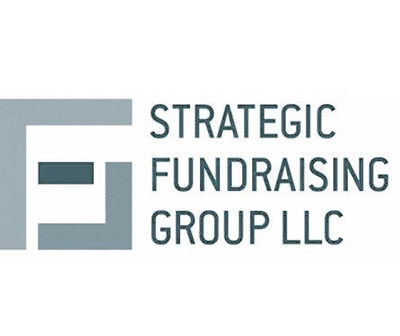
“You’re late!”
“What do you mean I’m late?”
“If you are only now planning your end-of-year giving campaign, then you are late in getting it off the ground!”
Unfortunately, many nonprofits delay their end-of-year fundraising campaigns when, in actuality, the planning for these should ideally start in the summer or no later than September and then get implemented in November and December.
Why?
Year-end giving can often be critical to a nonprofit organization. Here are some eye-popping statistics to keep in mind.
It has been shown that nearly one-third of annual donations occur in December. In addition, 12 percent of all giving generally takes place in the last three days of December! About 54 percent of nonprofits begin planning their appeals in October, giving themselves unneeded stress because of “last minute” planning.
November and December are considered the most popular months to make asks from donors. Almost one-third of nonprofits raise between 26 and 50 percent of their annual contributions from their year-end ask. About 36 percent of nonprofits raise less than 10 percent of their annual funds from their year-end appeal.
Remarkably, two-thirds of donors do absolutely no research before giving. This means they may just instinctively respond to a direct mail appeal without as much as looking at their charity’s Charity Navigator or GuideStar ratings. Instead they may contribute because a family member or friend recommended the charity, or a direct mail piece looked particularly attractive. This is especially startling because we live in an age of technological advances when it is far easier than ever before to learn about the cost efficiency of a favorite charity.
Another interesting fact is that volunteers are twice as likely as non-volunteers to give to the nonprofit. Several reasons: First, a volunteer connects more easily with the mission of the nonprofit and usually has a charitable bent. In addition, if it is your volunteer who provides you with a volunteer service, this type of volunteer generally has a special place in his or her heart for your organization. So hold onto your volunteers because they not only like your cause, but also will likely give to it.
Finally, direct mail is still the most popular medium used to reach donors en masse at year-end. Email is the second most popular method to reach donors at year-end followed by posting year-end giving information on the organization’s web site and then personal asks (by phone and in person).
So, what are we to make of this information?
First and foremost, direct mail campaigns still reign supreme. Plan your direct mail campaign carefully and remember that indicating in your mailings that your donor’s gift is tax deductible is still critical to prominently insert into your literature—e-newsletters, hard-copy newsletters, mailing literature of any kind, eblasts and the like.
Making a donation on your website should be a painless procedure. Be sure to check your website to be sure that it doesn’t take forever to open up. If it does, then your “customers” will likely take their business elsewhere. Also, check your donation page fields to be certain they perform as they are supposed to.
Be sure that your donation page doesn’t distract from the job at hand, which is for your contributor to make a gift. Don’t distract with other options such as “How about giving a monthly gift?” or “Sign up here to volunteer,” or by shifting to the organizational video. Focus, focus, focus on getting the gift; the rest can come later.
Your e-blasts should complement your direct mail pieces. Sometimes these act as positive reinforcement to your donors who received the direct mail piece but it “got shoved under the pile” and was forgotten. These e-blasts should be singular in purpose, as well—simple message and to the point. In addition, be aware that web campaigns are the wave of the future and will reap their dividends in time, if not now.
Finally, carefully plan your phone lists because making those “personal touches” at year-end—over the phone and in person—will cap off a successful fundraising year. Is your organization ready?
By Norman B. Gildin
Norman B. Gildin has fundraised for nonprofits for more than three decades and has raised upwards of $92 million in the process. He is the president of Strategic Fundraising Group whose singular mission is to assist nonprofits raise critical funds for their organization. He can be reached at Norman@stfrg.com.









